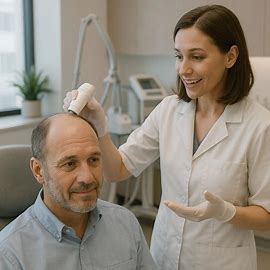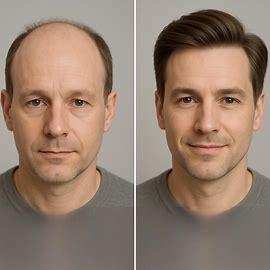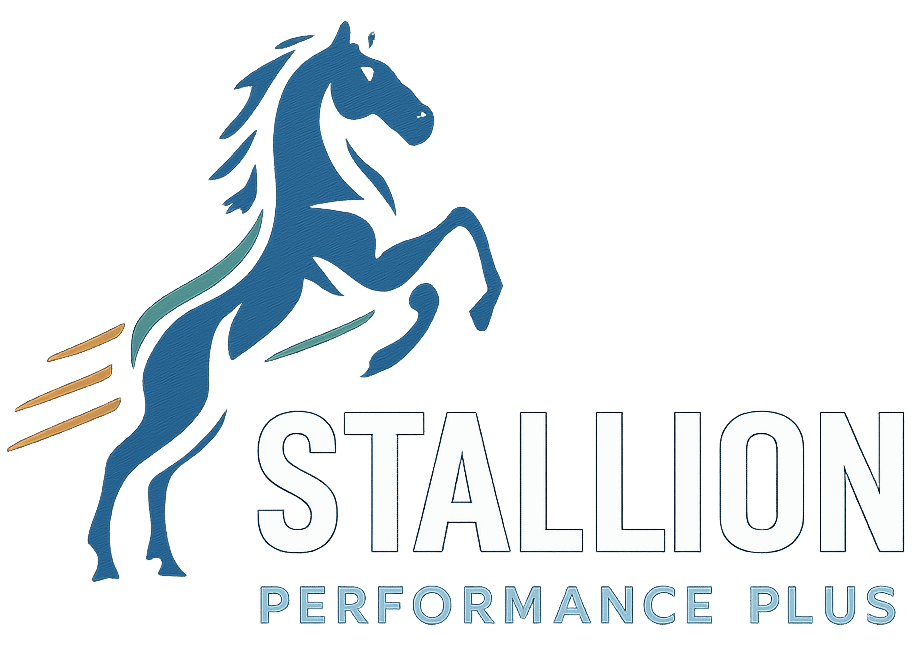Balding can hit anyone like a surprise party—only less fun, right? It happens because of a mix of things, like your genes and those darn hormones. If your parents had thinning hair, chances are you might too. And yes, age doesn’t help either, as it naturally shifts your hair cycle towards less growth.
People love to dish out balding advice and stories. Ever heard someone say wearing a hat too much causes hair loss? Or that stress alone can turn you bald overnight? Let’s bust those myths. Hats aren’t plotting against your hair, and while stress isn’t helping, it’s not the lone culprit.
Your lifestyle can play a sneaky role in how your hair behaves. Things like smoking, unhealthy eating, and neglecting your scalp can speed up hair loss. But the opposite’s true too—good habits could keep your hair happier longer.

So what’s the takeaway? Understanding why you’re losing hair helps in handling it better. It clears out misconceptions and gives you real steps to tackle it. Catching onto these basics will help you navigate the hair loss journey like a pro.
Early Detection and Diagnosis of Balding
Spotting balding early can make a world of difference. It often starts small—more strands in the shower drain, a widening part on your scalp, or thinning around the temples. Keeping an eye on these signs can lead to quicker action and perhaps even better outcomes.
When those signs start to sneak up on you, it’s smart to consult a dermatologist or a hair specialist like a trichologist. These folks know a ton about hair and can offer tailored advice for your specific situation.
Getting a proper diagnosis might involve some techy stuff. Tools like hair microscopy can get up close and personal with your hair strands to reveal what’s going on, while a scalp biopsy might be needed to understand deeper issues.
And hey, you might need a few blood tests to check on hormone levels or nutritional deficiencies. It’s all about piecing together what’s causing your hair to bail. It’s a detective story where you’re the star, and catching the clues early could keep more hair on your head.
Exploring Treatment Options for Managing Hair Loss
Dealing with hair loss often means exploring available treatments. Options range from medications to high-tech procedures, tailoring your approach to what suits you best.

Pharmaceutical treatments like Minoxidil and Finasteride are popular. They’ve shown promising results for many folks grappling with hair thinning. Minoxidil is usually applied directly to the scalp, while Finasteride, often taken orally, targets hormones responsible for hair loss. Depending on your need, either or both might be recommended by professionals.
For those keen on non-surgical alternatives, options like laser therapy and scalp micro-pigmentation deserve a look. Laser therapy aims to stimulate hair follicles, potentially leading to regrowth, while scalp micro-pigmentation gives an illusion of fuller hair by creating tiny hair-like tattoos on the scalp.
And there’s more cool stuff in the pipeline—PRP (Platelet Rich Plasma) therapy, for example. It involves using your blood plasma to boost hair growth. If you love staying on the cutting edge, advancements in stem cell research might soon offer groundbreaking solutions for hair regeneration.
Choosing a treatment isn’t just about what’s new or trendy; it’s about what fits your lifestyle, budget, and comfort level. Having a chat with a hair care expert is crucial to map out which route might work for you.
Lifestyle Changes to Minimize Hair Loss
Lifestyle changes can make a real difference in managing hair loss. Good nutrition stands front and center here, with vitamins and minerals like biotin, zinc, and omega-3 fatty acids playing key roles in hair health. Loading your diet with these nutrients can potentially slow down the loss and keep your hair looking its best.
Stress can sometimes feel like an unavoidable villain in the hair loss saga. Managing stress through meditation, exercise, or just taking regular chill breaks might help reduce its impact on your hair. Your mental well-being and hair health have a strong connection, so nurturing your mind can benefit your locks too.
Now, let’s talk hair care routines. It’s tempting to style with heat tools and heavy products, but going gentle can be much kinder to your hair. Opt for mild shampoos and conditioners, and try ditching styles that pull or stress your strands.
Adopting these lifestyle tweaks isn’t just about preventing hair loss; it can boost your overall well-being. Small, consistent changes add up over time, so while they might not flip the situation overnight, they’ll definitely contribute to healthier hair and a happier you.
Embracing Confidence and Style Amidst Balding
Rocking your style with confidence, even as hair thins, is totally doable. It starts with getting creative with your look. Exploring haircuts that suit your changing hair might boost confidence—think about shorter, textured styles or those that blend the thinning areas seamlessly.
Some find liberation in fully embracing a bald head. Shaving your head can be a bold move that doesn’t just simplify care but also makes a strong style statement. Many find it empowering and freeing, redefining their self-image in the process.

If shaving’s not your thing, there’s plenty of style inspiration to draw from. Accessories like hats, caps, and scarves can add flair while serving as chic cover-ups. Not to mention, they keep things interesting and versatile.
I’ve heard from many folks who take balding in stride with positivity, sharing stories of newfound confidence and identity reshaping. Engaging with communities or forums where others share their experiences can be comforting—you’re definitely not alone in this journey.
Redefining beauty standards might feel challenging, yet once you own your look, the confidence naturally follows. Whether you decide to shave or rock fantastic headgear, style is all about what makes you feel good. Your charm and personality shine through more brightly than any head of hair ever could.
Here’s a little transparency: Our website contains affiliate links. This means if you click and make a purchase, we may receive a small commission. Don’t worry, there’s no extra cost to you. It’s a simple way you can support our mission to bring you quality content.”
Comments Below

Great article! I really appreciate how you approached hair loss with both practicality and confidence — it’s refreshing to see it framed in such a positive light. My dad was completely bald by the time he was 20, so I’ve always been aware that genetics might have a say in my Brother’s hair story too. I like your point about focusing on style and confidence rather than just fighting the process.
You are to kind, Jenny. I’m just trying to inform people about the things that men are concerned about but don’t often share. Hopefully, my writings offer some insight to the male psyche, which I believe is beneficial to men and women. I hope it also lets men know that we can share and discuss these sensitive areas while not feeling any less masculine.